 |
 |
 |
| |
Similar Frequency of New HIV in US Group 45 or Older vs Younger
|
| |
| |
IDWeek2017/IDSA, October 4-8, 2017, San Diego
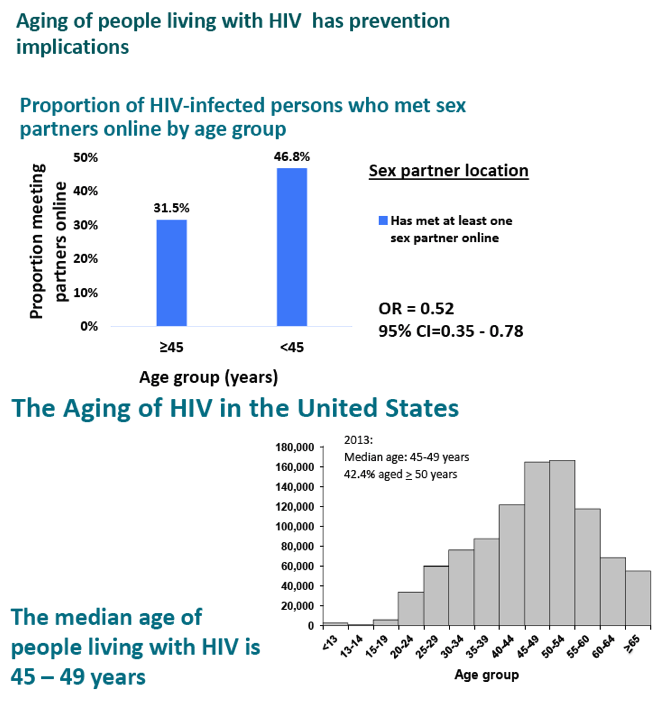
Similar Frequency of New HIV in US Group 45 or Older vs Younger
IDWeek2017/IDSA, October 4-8, 2017, San Diego
Mark Mascolini
In an 86,836-person US study of newly diagnosed HIV infection, people 45 or older got diagnosed at a rate similar to younger people [1]. And similar proportions of older and younger people claimed 5 or more sex partners.
Centers for Disease Control and Prevention (CDC) researchers who conducted this study observed that the median age of HIV-positive people in the United States lies between 45 and 49 and that people 50 or older accounted for 17% of new HIV infections in 2015. Yet HIV prevention efforts typically target younger people. They undertook this analysis to compare rates of newly diagnosed HIV in older and younger people and to compare factors related to new infection in the two groups.
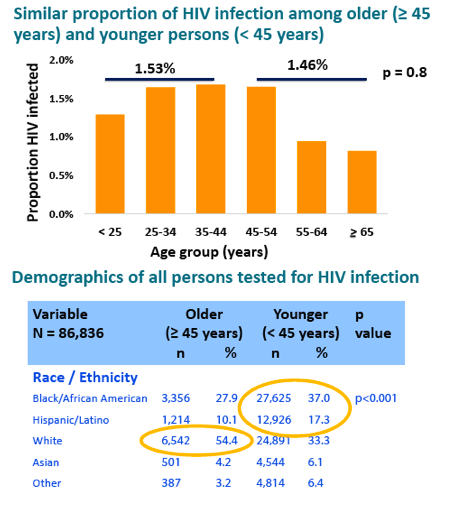
Participants came from the September 2011-October 2013 US STOP Study, in which 1326 people got diagnosed with HIV, including 13% with acute HIV infection. The study took place in high-prevalence areas--New York City, San Francisco, and North Carolina. Researchers interviewed all newly diagnosed people and contacted their sex partners for HIV testing. In a subset of people they sequenced the HIV polymerase gene to see if the infecting virus was related to viruses from other people in the study group. The researchers defined older people as those 45 or older, while younger people included those from 12 to 44.
The analysis involved 86,836 people tested for HIV, 14% of whom were 45 or older. Among people tested, 1326 (1.5%) got diagnosed with HIV infection, of whom 1132 (85.4%) were interviewed and 547 (41.3%) had polymerase gene sequencing. Rates of new HIV infection were nearly identical in people 25 to 34 (1.65%), 35 to 44 (1.68%), and 45 to 54 (1.65%). The new-infection rate proved similar in people 45 and older and in those 44 and younger (1.46% and 1.53%, P = 0.8). The rate of acute HIV infections was similar in people 25 to 34 (13.3%), 35 to 44 (13.2%), and 45 or older (13.1%) (P = 0.86).
A lower proportion of the 45-or-older group than the younger group met sex partners online (31.5% versus 46.8%, odds ratio [OR] 0.52, 95% confidence interval [CI] 0.35 to 0.78). And a lower proportion of the older group named 2 or more sex partners (about 10% versus about 27%, OR 0.28, 95% CI 0.15 to 0.53). But the overall proportion of people who claimed 5 or more sex partners was nonsignificantly higher in the older group (46.1% versus 40.2%, P = 0.20).
HIV polymerase gene sequencing linked a nonsignificantly higher proportion of younger people to sex partners within the study group (30.7% versus 19.0%, OR 0.62, 95% CI 0.31 to 1.22). Among 555 genetically linked viruses, 481 involved two people in the younger group (average age difference 5.7 years), 62 involved a younger person and an older person (average age difference 19.9 years), and 12 involved two older people (average age difference 3.5 years).
The CDC team concluded that, in this population of people seeking HIV testing, those 45 or older had an HIV infection rate comparable to that of younger people. The researchers believe their findings "suggest that HIV prevention interventions tailored to older adults and age-discordant relationships may be important to prevent HIV transmission."
Reference
1. Evans M, Patala A, Campbell E, et al. Characterization of new HIV infections among adults ≥45 years--New York City, North Carolina, San Francisco, 2011-2013. IDWeek2017/IDSA. October 4-8, 2017. San Diego. Abstract 880.
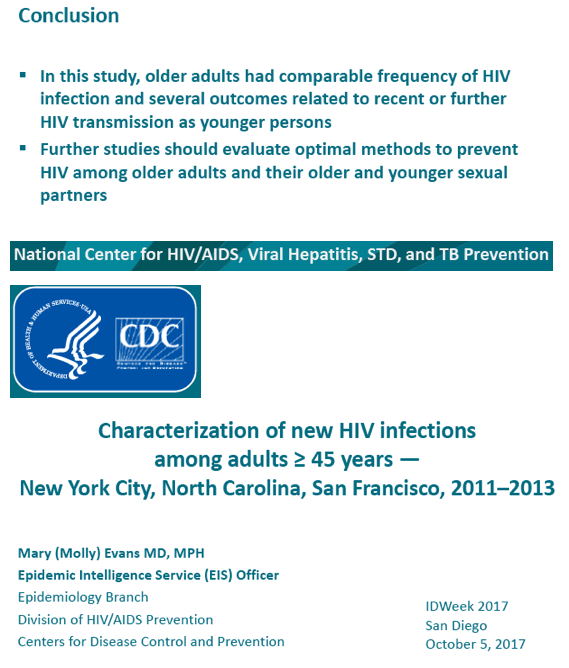
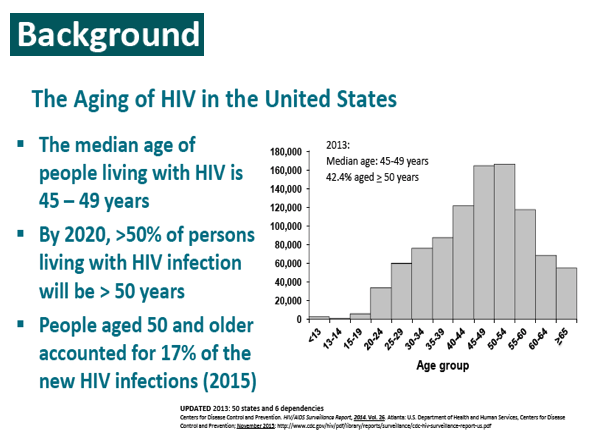
UPDATED 2013: 50 states and 6 dependenciesbr clear="all" />
Centers for Disease Control and Prevention. HIV/AIDS Surveillance Report, 2014. Vol. 26. Atlanta: U.S. Department of Health and Human Services, Centers for Disease Control and Prevention; November 2015:
http://www.cdc.gov/hiv/pdf/library/reports/surveillance/cdc-hiv-surveillance-report-us.pdf
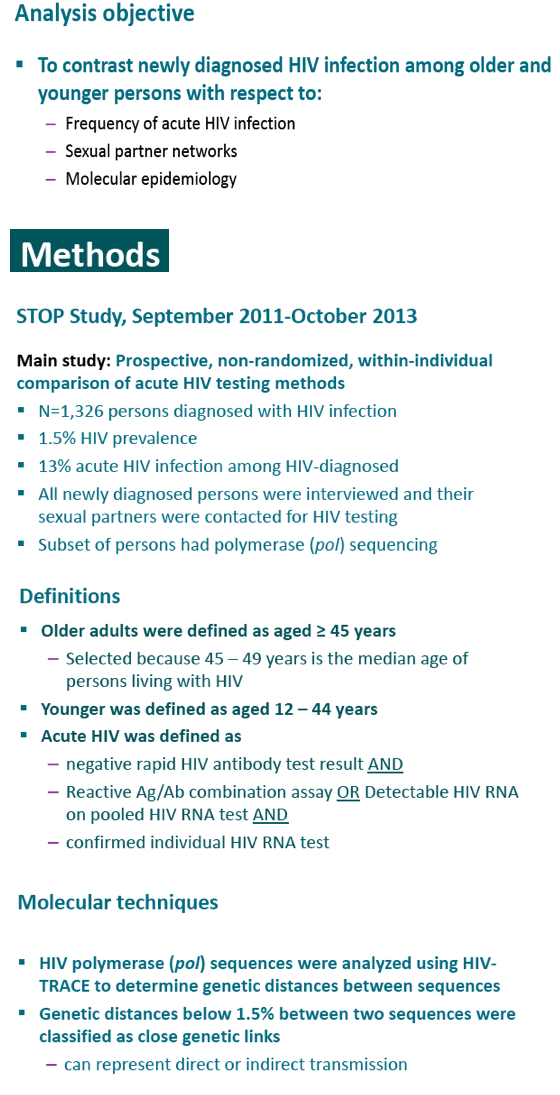
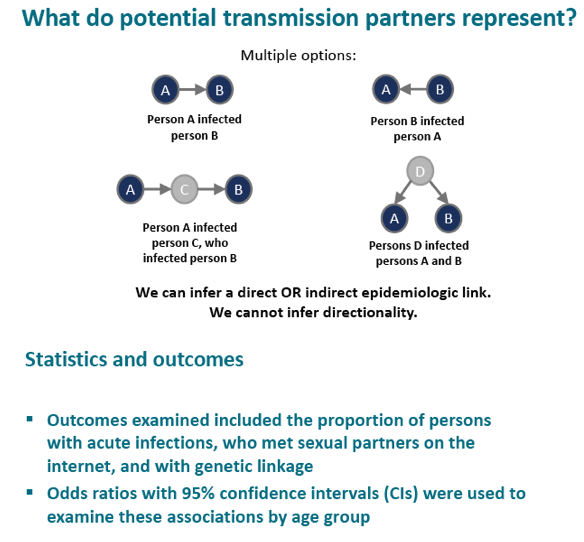
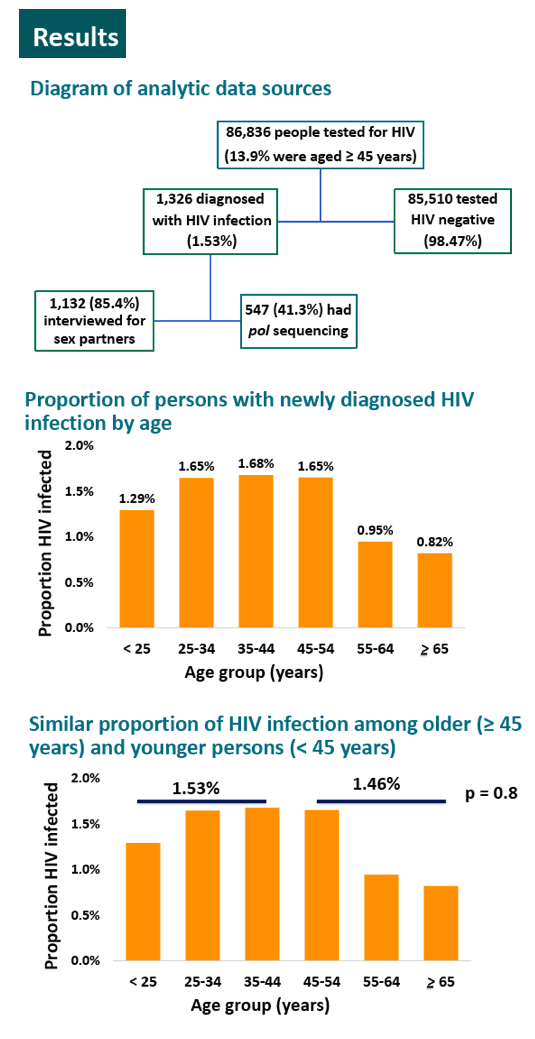
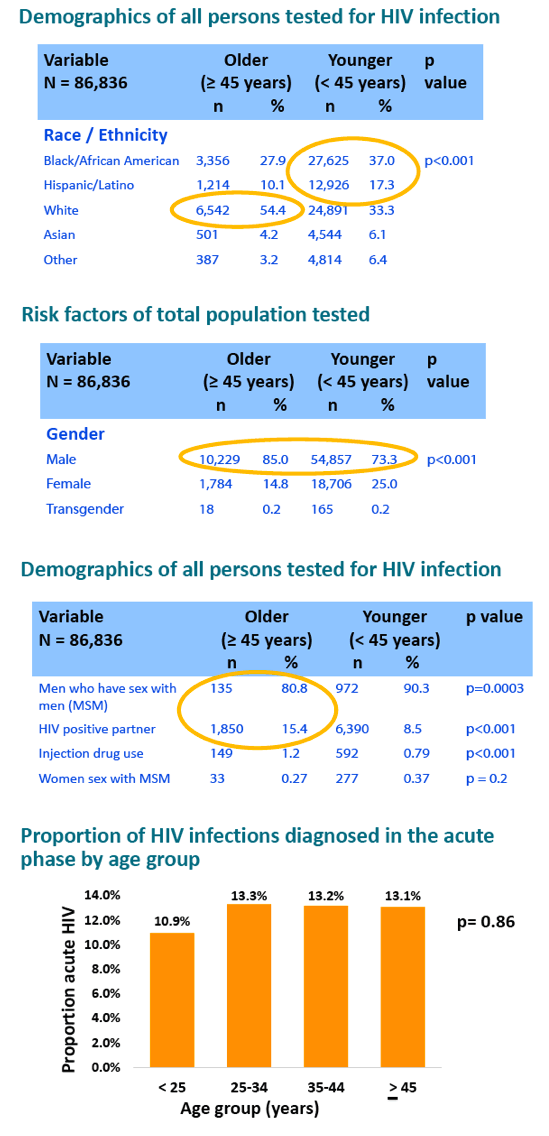
HIV-TRACE, Viral Evolution Group, UC San Diego. http://github.com/veg/hivtrace [link]
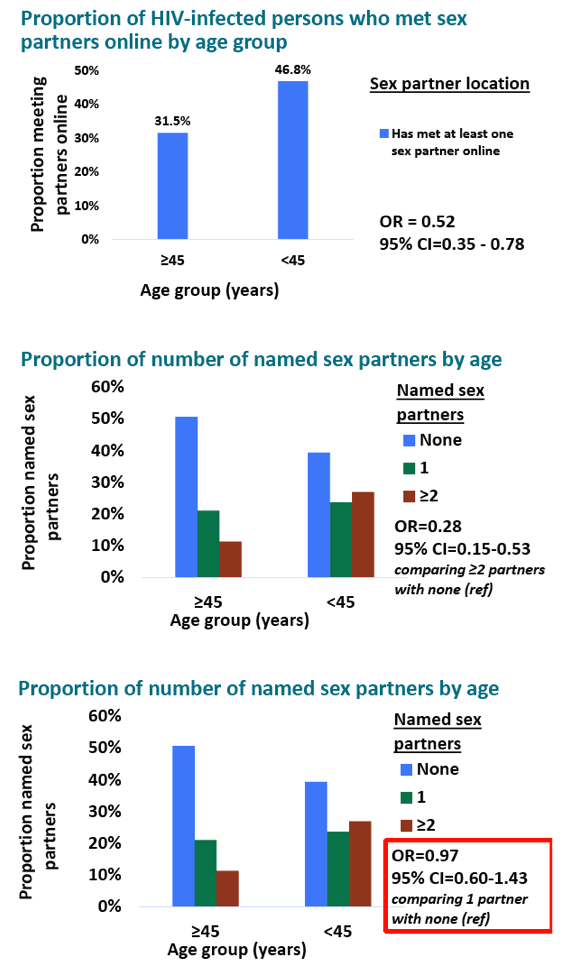
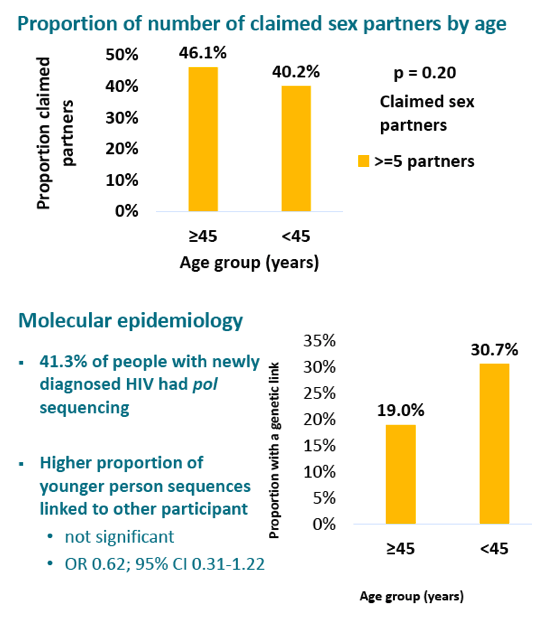
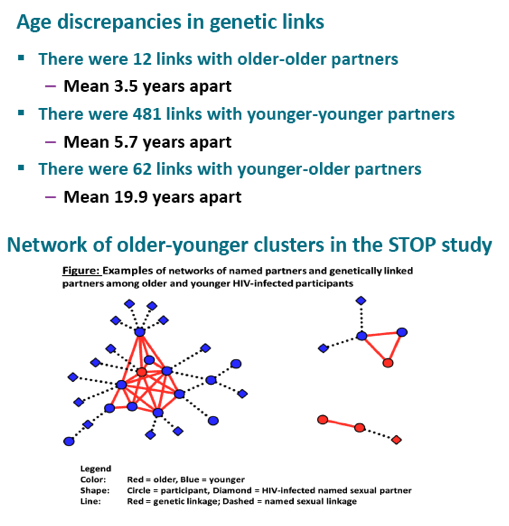
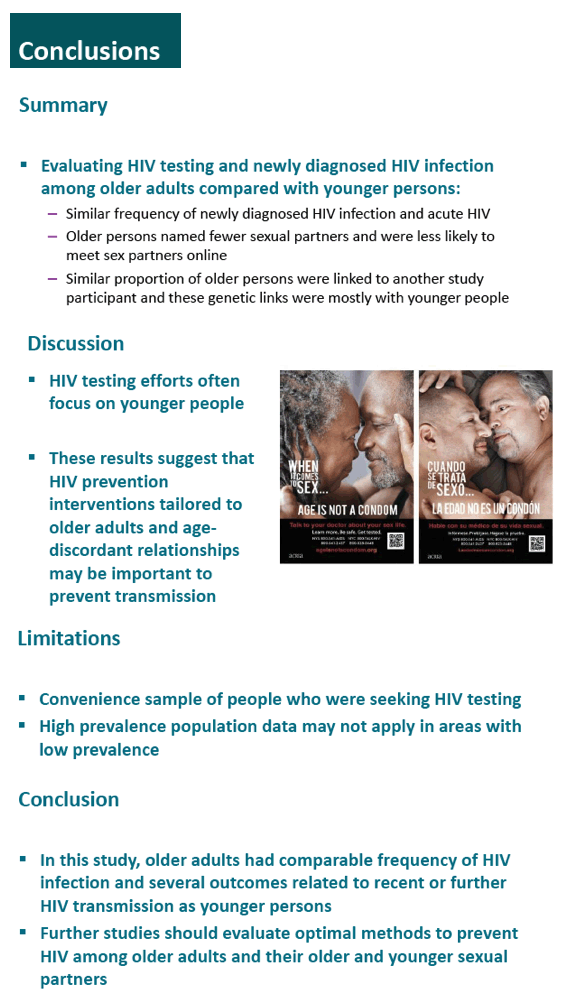
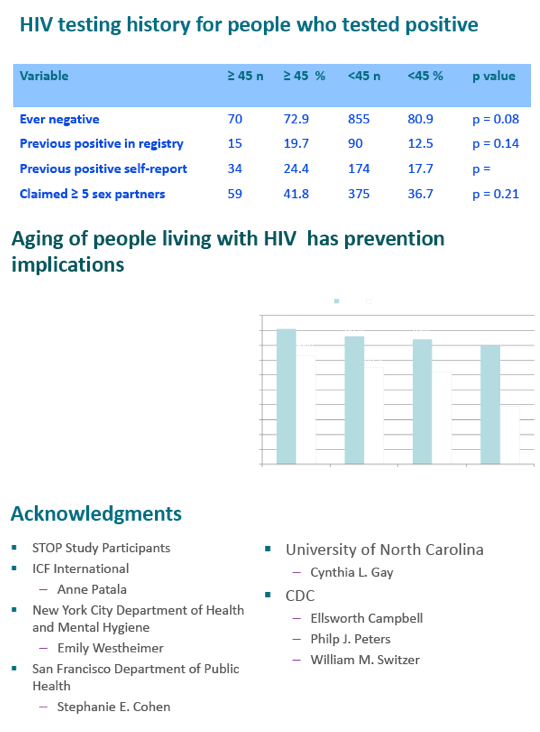
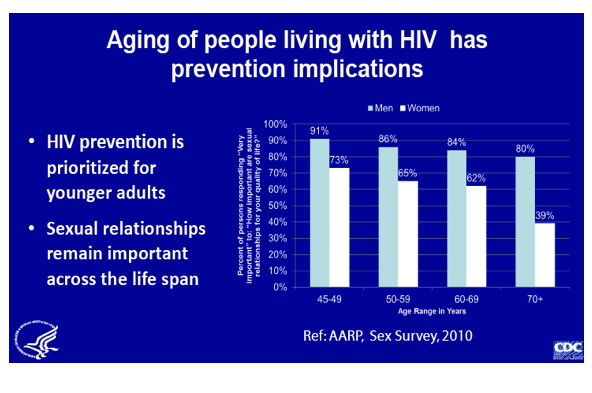
|
| |
|
 |
 |
|
|